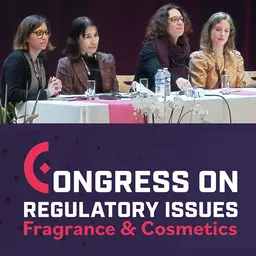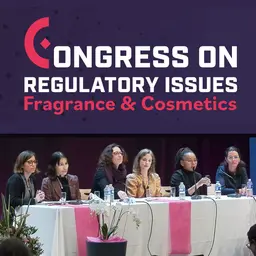
French cosmetics are much valued in China, where they are considered prestigious. Their reputation is firmly established, and yet, French companies’ presence on the Chinese territory is still a little tentative. Other than overcoming regulatory barriers to settle there in the long term, it is definitely necessary to adapt to Chinese e-commerce. At the E-Beauty conference organized by Journal du Net on June 7 in Paris, Laura Pho Duc, Marketing & Communication Director of Alibaba France, provided her analysis on this issue.
Online sales in China can represent a real growth driver for Western companies. Still, this industry has its own codes, and it is essential to be familiar and comply with them.
A few figures
For a more accurate context, Laura Pho Duc reiterated the fact that the penetration rate online in China and Asia as a whole is quite low today: it reaches 52.2%, compared to 89% in France or the US.
However, she qualified this figure by specifying that ‘if we talk about volumes, it all changes. Although the penetration rate is low, it involves 721 million Chinese web users, i.e., 2.5 times the number of American web users.’
Laura Pho Duc explained that ‘we cannot talk about e-commerce without evoking China. Today, almost 467 million Chinese consumers shop online on a daily basis. And this number tends to increase exponentially. E-marketers and Euromonitor foresee a 2.7 trillion dollar growth for beauty consumption in China by 2020 – the equivalent of the French GDP.’
Selling in China
If the first figures presented by Laura Pho Duc may sound tempting for companies – sales prospects are so broad – everyone should understand how things work with Chinese consumers. Alibaba’s Marketing Director reminded that ‘they are much digitalized. They live, buy, and consume only through their phones. Mobile applications and the community aspect also play a very important part. The average consumer spends their time on forums, reading and sharing feedback on products.’
The importance of e-commerce
Five reasons can explain why this sales lever is the leader on the territory, and companies seeking to establish themselves in the country should be aware of them.
- Infrastructure
Experience in-store is no longer the first selling medium. ‘If you compare the Top 100 retailers in China and the US, the former only concentrates 8% of purchases, while the latter absorbs 57% of them,’ Laura Pho Duc detailed.
This can be explained by the size of the territory. In terms of infrastructures, it is tricky to cover such a large area. That is why the population quickly subscribed to the concept of online selling. And the phenomenon tends to increase, since ‘the new generation is already connected and lives with their mobile phones,’ according to the Alibaba manager. - Diversity
E-commerce offers a diversity of offerings and products, thanks to cross-border selling solutions.
‘The phenomenon does not only affect large urban areas, but also smaller cities. The fact that these areas went digital has made it possible for working class people with a relatively high purchasing power to consume products sold online,’ Laura Pho Duc explained.
In addition, these populations travel more, know foreign products better, and search for them on selling platforms. - Service
Although the experience in-store has not become obsolete in China, the success of online selling can be explained by the fact that products are quickly delivered: consumers actually receive their orders within an hour.
Furthermore, the country counts over 8 million sellers online. This massive offering leaves consumers spoilt for choice in front of their screens. - Consumer confidence
For Chinese consumers, online selling rhymes with quality and safety. ‘The fact that we sell foreign products guarantees even more trust, since they are available on our marketplace,’ Laura Pho Duc adds. - Pleasure
For the Chinese, shopping online is not easier or time-saving, it is much more of a hobby.
Laura Pho Duc illustrates this principle with the ‘11/11, a day organized by Alibaba and dedicated to shopping, on November 11. It represents 17.8 billion dollars generated in 24 hours. The first million is achieved within the first five minutes. People get ready for the event two weeks ahead, and it is a real moment of pleasure for them.’
In 2016, 27% of the turnover was achieved by foreign brands.
What about beauty?
Laura Pho Duc announced that Euromonitor foresees China will reach world number one rank on the beauty market. The research firm also anticipates a 51 billion dollar turnover by 2050. Lastly, also according to Euromonitor, China will represent about 20% market shares in the industry. All beauty categories are concerned (makeup, perfume, skincare, etc.).
She added that ‘Chinese customers are increasingly in search of premium ranges. As a result, their beauty basket has risen by USD66, overall.’
For French brands, China represents a real opportunity for growth and profit. However, local and neighbouring companies (Korea, Japan) are competitors that should not be underestimated, ‘not only because they are very well-advanced in how they manage to reach customers, but also because there is closeness in terms of purely Asian needs.
JS












